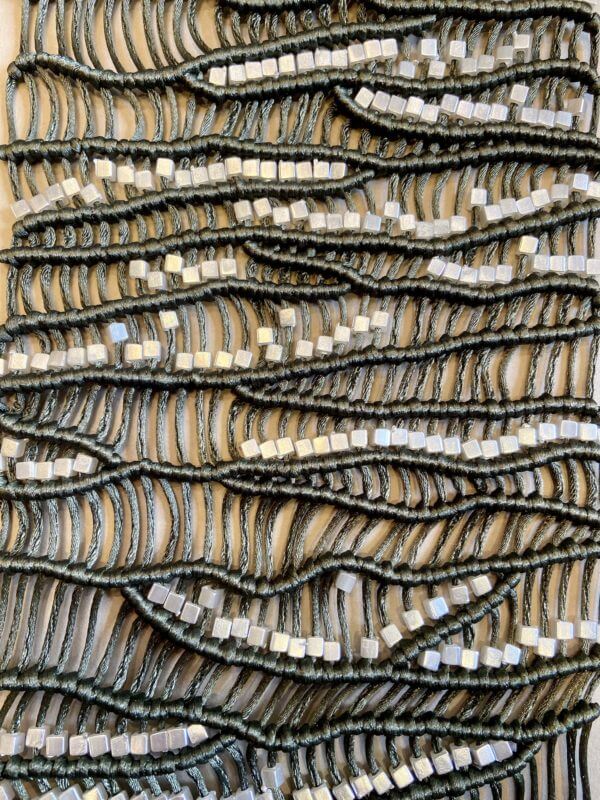Macramé: the art of knotting
Laurentine Perilhou has fairy-like fingers; she is a storyteller of a unique kind. Laurentine doesn’t write, draw, or paint these stories—she knots them. Yes, she knots them. By choosing the macramé technique a few years ago, Laurentine has mastered a little-known art: the art of knotting.
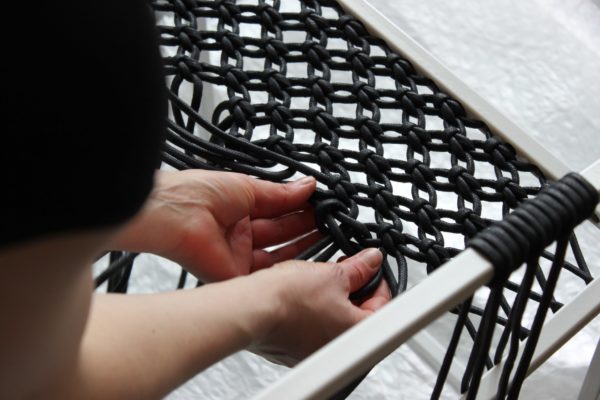
Let's talk about this technique: macramé. The material typically transformed is textile, often using string, rope, but also a variety of more original materials that can be knotted to create works of art or craft objects. Macramé is, indeed, a form of creation based on a specific knotting technique, which can be either flat or three-dimensional, depending on the object to be designed.
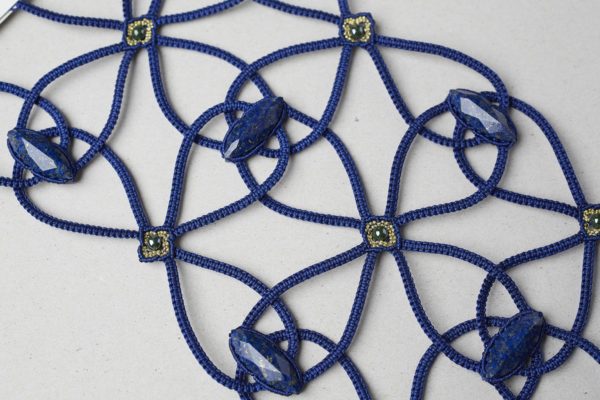
Macramé: a story of journeys
This desire to explore the macramé technique in depth was born for Laurentine in Chile, where, during an initiation journey, she learned the advanced art of macramé from a local artisan, a technique well known in Latin America. During this trip, the basic techniques she learned allowed her to open a jewelry shop there. A French painter who walked into her shop commissioned a piece for his wife. After spending an entire night crafting the object, Laurentine saw her woven jewelry exhibited a few weeks later in France at the painter's vernissage... This marked the beginning of a story that would later become a true passion and a unique profession.
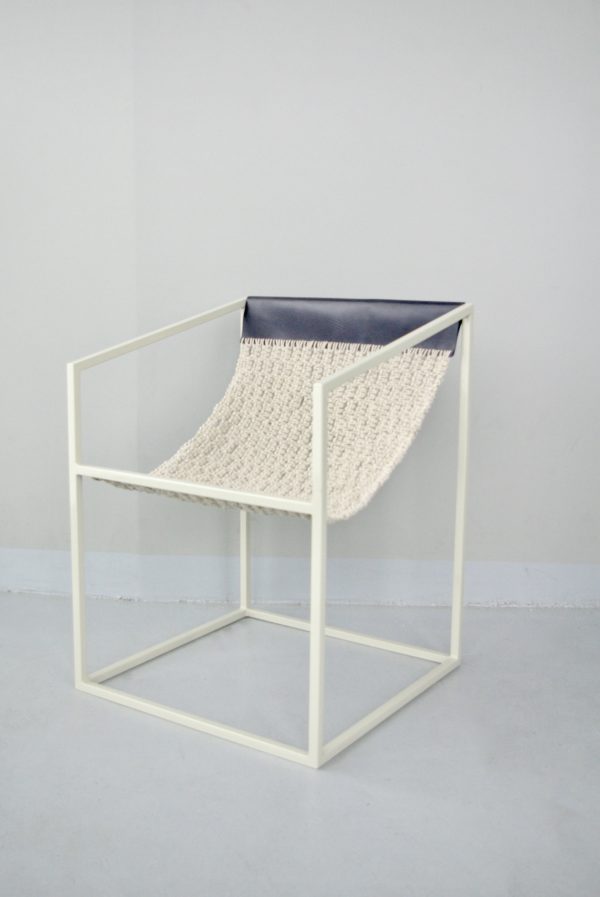
Depending on her choices of materials, colors, size, and type of knots, the story changes, and these new creations can no longer be attributed to a specific geographic origin. Thanks to her creativity and exceptional expertise, Laurentine can tailor her narrative to the desires of her clients, who, through this technique, explore an art too often perceived as trivial.
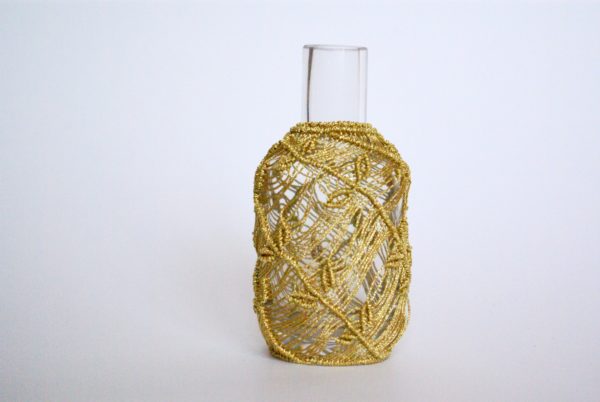
Macramé: a story of journeys
This desire to explore the macramé technique in depth was born for Laurentine in Chile, where, during an initiation journey, she learned the advanced art of macramé from a local artisan, a technique well known in Latin America. During this trip, the basic techniques she learned allowed her to open a jewelry shop there. A French painter who walked into her shop commissioned a piece for his wife. After spending an entire night crafting the object, Laurentine saw her woven jewelry exhibited a few weeks later in France at the painter's vernissage... This marked the beginning of a story that would later become a true passion and a unique profession.
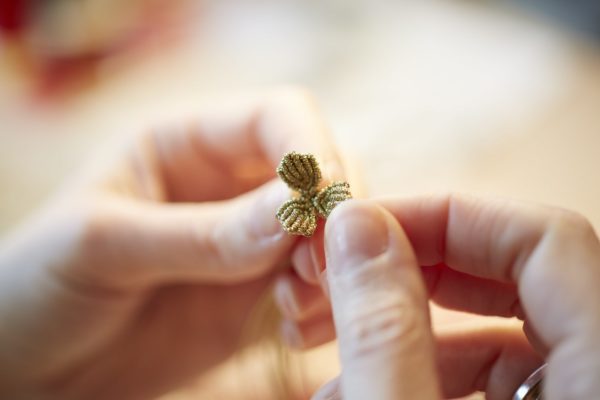
Over the years, Laurentine has pushed the technique further, hybridizing and innovating more than ever in this field she continues to explore. Today, interior architects, private clients, perfume houses, and major haute couture brands call on her extraordinary talent for various commissions and collaborations.
